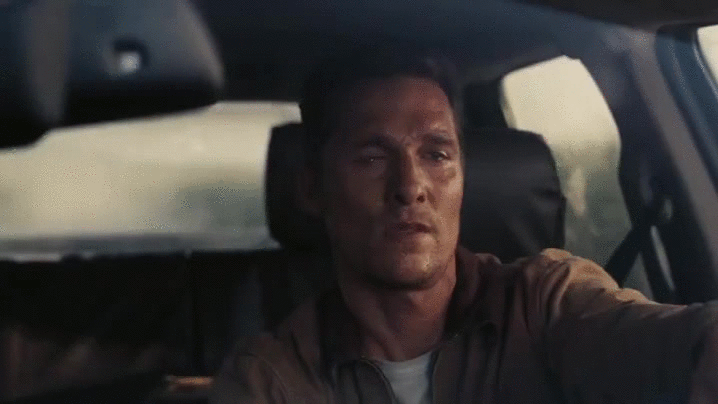Big Fish Theory starts with the whoosh of clouds rushing past your face, as if you're soaring free, high above the concrete jungle of Summertime '06. Slowly, other elements drop into the soothing atmospherics: a skittish keyboard, a two-step beat, a woman's voice, lasers. The record ends in a flurry of electronic raindrops and Celtic flutes, not midsentence like Summertime '06 but mid-everything, leaving you waiting for a beat to drop.
In between are the two previously released songs, "BagBak" and "Big Fish" (both summer-ready bangers with anthemic choruses built for large sound systems), and a half dozen other tracks that sonically veer so far from anything that's come out of Staples' mind before that you'd almost think it's a different rapper's name on the cover. Lyrics don't take you back to Ramona Park, to the past; they reflect the reality of his current jet-set life (anxieties, esoteric struggles and all).
In fact, with glitchy-computer garage and fast-paced industrial wobble straight out of a 4 a.m. techno warehouse party, it's hard to consider Big Fish Theory a rap album at all.
"If a photographer took the same picture over and over again, you'd call them crazy, right? If an architect built the same house, if a designer made the same clothes, if a painter made the same painting we'd all discredit them," Staples says of why he refuses to revisit old sounds.
"Then why do we expect musicians, and rappers specifically, to do the same thing over and over and over? It's because they do not look at rap music as art. They like to say the word, but they're not really holding anything to those standards."






